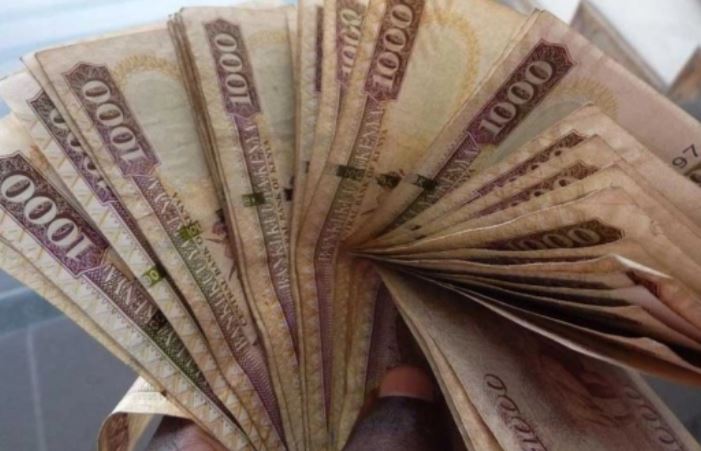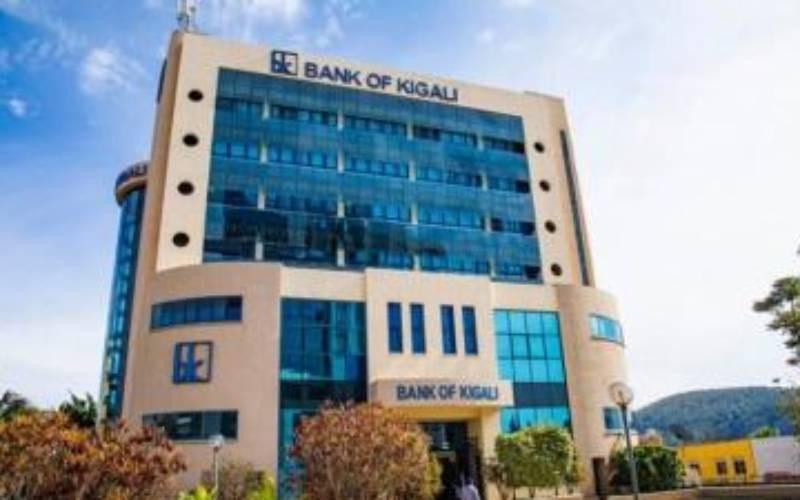
President Uhuru Kenyatta determination to leave a legacy of mega projects when his term comes to an end in 2022 is on course though major financing hurdles could scuttle his desired objective.
The head of State aims to make the country attain a middle-income status in a development programme dubbed “The Big Four Agenda” aimed at enhancing economic growth while improving the quality of life for all Kenyan.
It encompasses manufacturing, universal health care, affordable housing and food security.
While the President’s intentions are noble, securing cash to finance these projects remain a challenge even as he seeks funding from the private sector through Private-Public-Partnerships (PPPs), State budgetary allocations and grants from friendly countries and institutions to avoid drowning the country into more debts.
The State’s move was meant to avoid financial abyss amid concerns on the exponential rise of the country’s debt level that according to figures from the Central Bank of Kenya (CBK), has now hit 60 per cent of the Gross Domestic Product (GDP).
Development economists, however, argue that neither PPPs, grants nor State funding can deliver the Big Four Agenda since they seem to be more expensive compared to loans.
European markets
A financial analyst at Apex Capital Harrison Gitau says the President’s favoured financing model of PPPs is a lame horse that cannot bolt even with flogging.
“The private sector is naturally a profit-seeking sector that will not get itself into any venture where its profits are not assured,” Mr Gitau told Financial Standard.
“Though exciting at face value, the PPP financing model has come under pressure in the European markets, with arguments that the long-term costs to the public outweigh the debt service burden that would arise if they were financed through debt.”
Mr Gitau opines that PPPs require the State to make available key investment asset as land, tax incentives and assurances that their profits will stand.
The land is an expensive asset that when given for free creates a big loss to the Government no matter the private investment that is getting lured.
He says tax incentives that Treasury plans to advance to financiers of the Big Four Agenda will have an effect on Kenya Revenue Authority collection - messing up the taxman’s revenue target. This, he noted is a detriment to the economy.
“The gist of it is that the costs involved in luring private finance to public projects of humanitarian leaning such as the Big Four could be bigger than even when the Government could have decided to take up debt and finance it in the long term,” Gitau avers.
Stay informed. Subscribe to our newsletter
Institute of Economic Affairs (IEA) boss Kwame Owino says Kenya has used a wrong model to approach PPPs which will not help bring into fruition the Big Four agenda.
“We have a situation where the Government is giving out land for free, and major tax incentives to people in the private sector,” Mr Kwame says.
“Private sector operatives are profit seekers. They will not get into a public project where their profits are no assured. What the Government should have done, is let them take big risks if they expect profits just like any big business does. Not through them freebies like land and tax subsidies.” An economist with IEA John Mutua poured cold water on PPPs saying they may not deliver the Big Four agenda.
Mr Mutua said key sectors such as health – where universal healthcare is perched – cannot be fuelled to grow through PPPs “We are currently doing a study that could prove that a PPP cannot succeed in the health sector,” Mutua said.
“We are looking at the leasing of hospital equipment where big companies are involved. Companies like Phillips or General Electric will not get into a PPP to provide such equipment without expecting major returns.”
Treasury had expected the reduced burden of financing public projects when the PPP Act came into effect in 2013 but lack of clear guidelines, some which came as late as 2016, have derailed the partnership model.
Energy sector
According to a research by Apex, PPPs have only been able to show promise in the energy sector, where power plants such as the Geothermal venture in Menengai and the Kipeto wind power project in Kajiado are showing some process.
In the case of manufacturing, the Government aims to raise the sector’s contribution to GDP to 15 per cent by 2022 from 8.4 per cent in 2017.
In the healthcare, the State hopes to raise healthcare access to 100 per cent by 2022 from 38 per cent currently.
When it comes to affordable housing, the State intends to meet the annual shortage of 250,000 housing units from both the public and private sectors.
The Government also aims at ensuring that every household has access to affordable food by 2022. If PPPs are a hard nut to crack in terms of Big Four financing, then, according to experts, State funding is another lame option.
To kick-start, the projects, Treasury Cabinet Secretary Henry Rotich allocated Sh460 billion for the 2018/19 and elaborated strong monetary and fiscal policies to fund the agenda.
Treasury has also mooted plans to raise more taxes to fund the projects.
Mobile money tax
Mr Rotich in the budget speech hailed the introduction of a “robin-hood tax” on bank transfers above Sh500 000. In addition, the CS proposed the raising mobile money tax by 20 per cent and increased tax for firms transacting cash amounts above Sh500,000 by 35 per cent.
According to Gitau, all these taxes may dim the allure of the country as an investment destination for the same firms that the country is keen on attracting to finance the Big Four projects.
They are also proving to be a big burden for the common Mwananchi, the same citizen that Uhuru’s grandiose projects intend to help.
President Kenyatta also plans to cooperate with foreign investors have reached out to big economies to partner with the Government.
Kenya is set to receive a $2 billion (Sh200 billion) as a grant from the United Nations for Big Four. The Americans will also be pumping in Sh24 billion into the projects after Uhuru meant Trump in Washington, and more grants could come from Britain after Theresa May’s visit last week.
But according to Gitau, an intricate web of corruption has made donor grants disappear into individual pockets, leaving little for development.
“The prevalence of corruption in the country may stifle the implementation of the projects. Taking cognizance of this, the president has spearheaded an onslaught on the vice with the public backing the steps taken; Ipsos Synovate poll shows 51 per cent of respondents deem the fight sincere,” says Gitau.
“Nonetheless, intricate loopholes in our legal systems have seen the “big fish” walk unscathed in previous corruption scandals; though, for all our sakes, we hope that history won’t repeat itself.”
[email protected]
 The Standard Group Plc is a
multi-media organization with investments in media platforms spanning newspaper
print operations, television, radio broadcasting, digital and online services. The
Standard Group is recognized as a leading multi-media house in Kenya with a key
influence in matters of national and international interest.
The Standard Group Plc is a
multi-media organization with investments in media platforms spanning newspaper
print operations, television, radio broadcasting, digital and online services. The
Standard Group is recognized as a leading multi-media house in Kenya with a key
influence in matters of national and international interest.
 The Standard Group Plc is a
multi-media organization with investments in media platforms spanning newspaper
print operations, television, radio broadcasting, digital and online services. The
Standard Group is recognized as a leading multi-media house in Kenya with a key
influence in matters of national and international interest.
The Standard Group Plc is a
multi-media organization with investments in media platforms spanning newspaper
print operations, television, radio broadcasting, digital and online services. The
Standard Group is recognized as a leading multi-media house in Kenya with a key
influence in matters of national and international interest.










